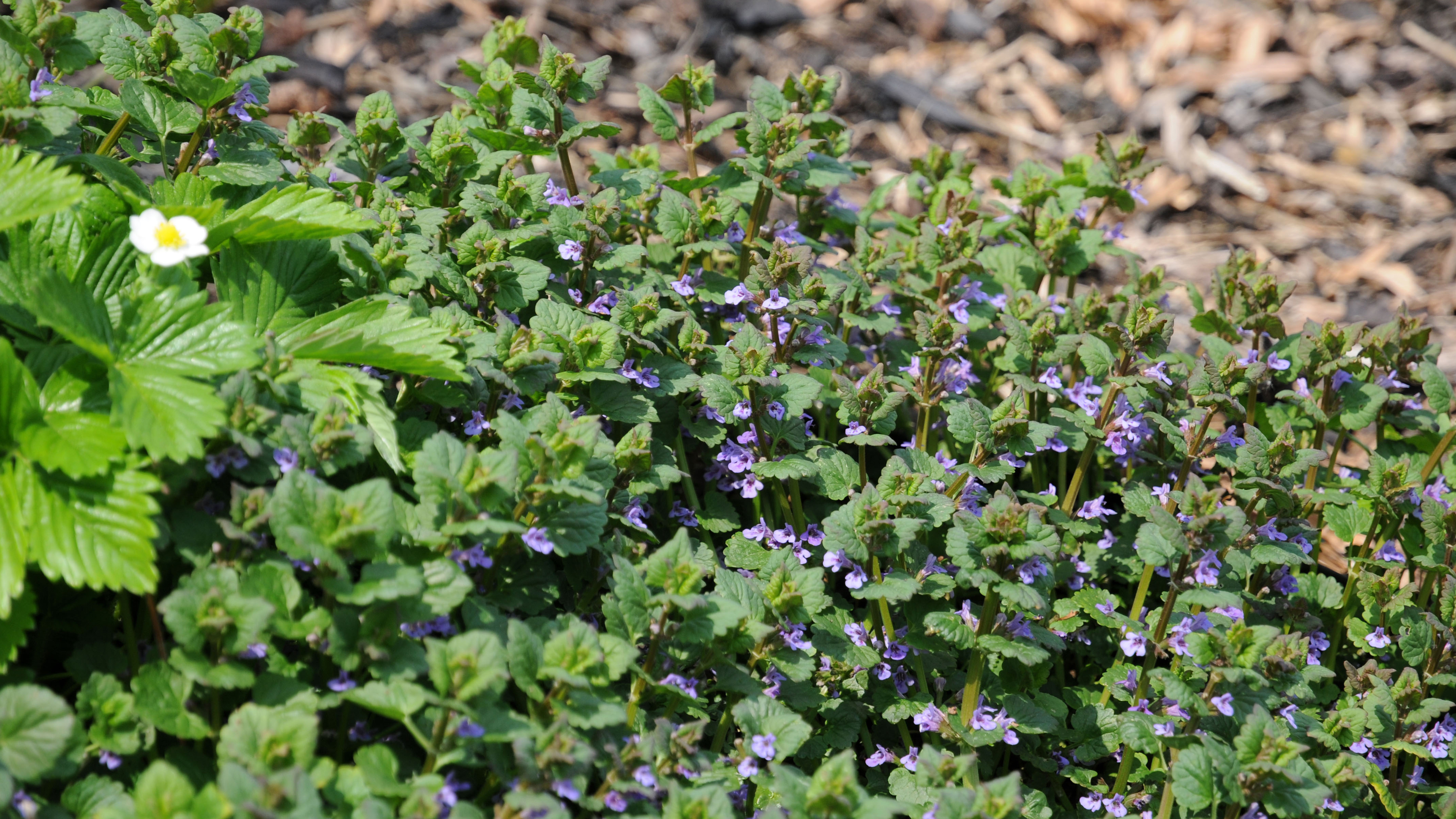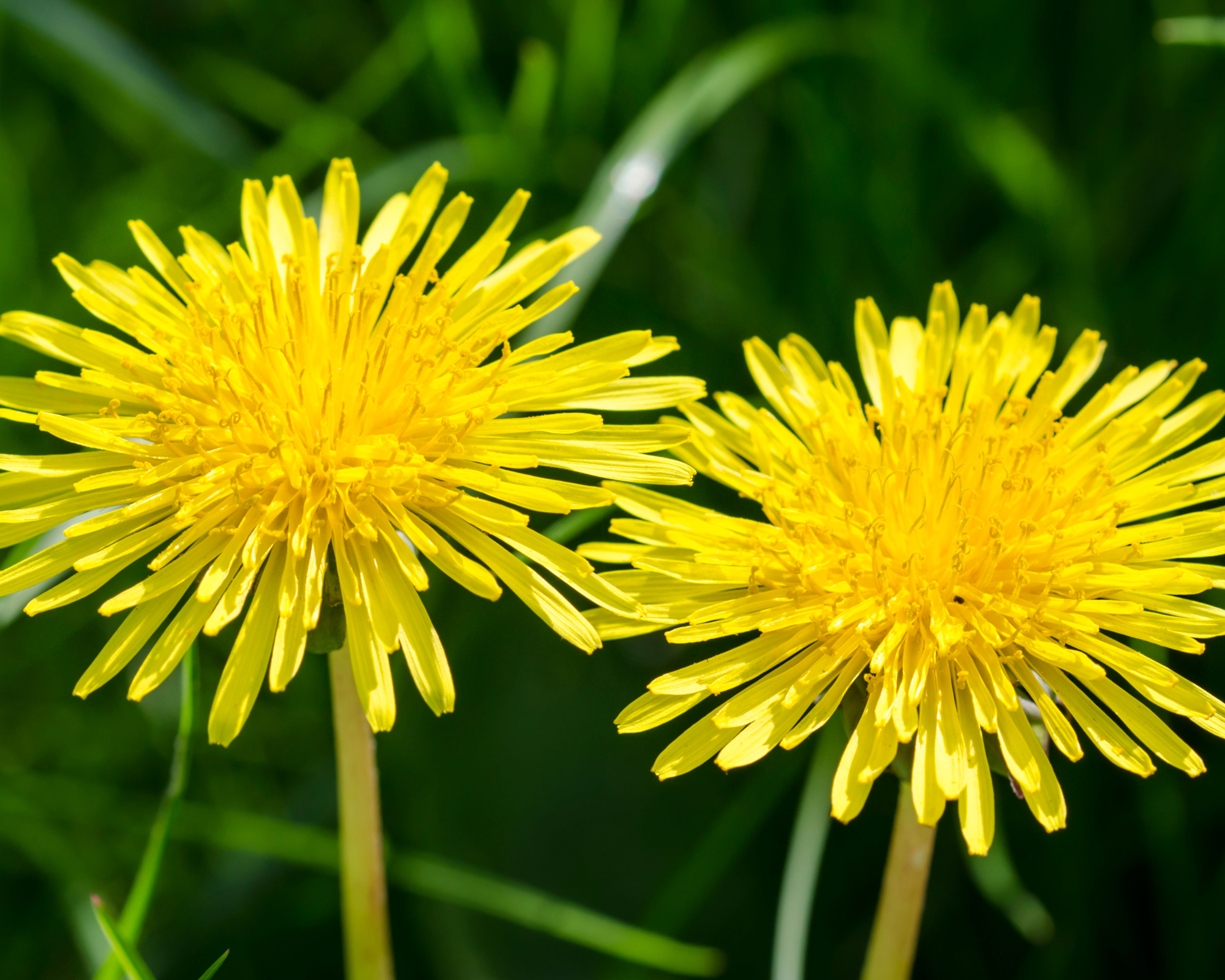The weeds you should remove in fall, according to gardening experts
These are the weeds you should remove in fall – don't wait until springtime to tackle these invasive plants

The weeds you should remove in fall are the plants that may seem like they're not much of a problem – until suddenly they're everywhere once the warmer weather comes back. While the traditional weeding season is spring and summer, with a bit less to do in the garden in fall and winter, some weeds should be tackled right now to make it easier to deal with them next year.
While the best weed killer will help you somewhat if your weeds are mainly in your lawn, you still will likely need to do some pulling. Do it now, though, and you'll have less to do come spring.
3 weeds you should remove in fall
These are the top three weeds that are best removed in autumn, according to gardening experts.
1. Creeping Charlie

Creeping Charlie is a pretty plant, but don't be fooled by its demure appearance. Emily Fernandes, gardening expert at House Grail, points out that Creeping Charlie 'provides excellent ground cover until you notice it's all over your garden and choking your other plants.' For this reason, Creeping Charlie, also known as ground ivy and Creeping Jenny, should be controlled in the fall.
It's actually related to mint, and if you've ever grown mint in your backyard, you'll know how quickly it spreads. This plant has exactly the same habit. Pull it up now or you'll have nothing but Creeping Charlie in your borders in spring.
- You can find more tips on how to get rid of weeds in our practical guide.
2. Crabgrass

Most people who are looking at how to get rid of lawn weeds are looking at solutions for crabgrass, which is notorious for taking over lawns and garden paths. Owen Mosser, a gardening expert and editor at The Golden, believes that 'all weeds should be tackled as early as they appear', but 'here's one type of weed that can do a lot of damage to your garden, including the health and growth of your other plants: crabgrass.'
Owen says that the reason why crabgrass is such a 'tough weed to manage' is because this plant has 'strong root systems and leaves that can fill up a patch of land fast.' Owen calls it an 'opportunistic' plant that can 'weaken other plants' by taking nutrients away from them.
Therefore, for crabgrass, 'early mediation is necessary as they can re-emerge the following year. Hence, treating them before they disperse seeds is crucial.' What's the best way to get rid of it? A mixture of chemical treatments and good old hand pulling. As Owen points out, 'some products for pre-emergent weeds are not always effective, so you'll still need to do some manual work.'
3. Dandelions

How you view dandelions will to some extent be dictated by your preferences – some people actually like them as part of their wildlife garden ideas. However, as Jeremy Yamaguchi, the CEO of Lawn Love, says, dandelions can be 'a nuisance', and 'tackling them in the fall will be much more effective than in the spring.'
The truth about dandelions is that 'they start to get established during the fall. So, if you can remove them or prevent them from taking to the soil, there will be a lot less in the spring, making it more manageable. When they blossom in the spring without being handled in the fall, they are incredibly difficult to stop from spreading and taking over.'
Forwarned is forearmed – get pulling!
Anna writes about interior design and gardening. Her work has appeared in Homes & Gardens, Livingetc, and many other publications. She is an experienced outdoor and indoor gardener and has a passion for growing roses and Japanese maples in her outside space.
